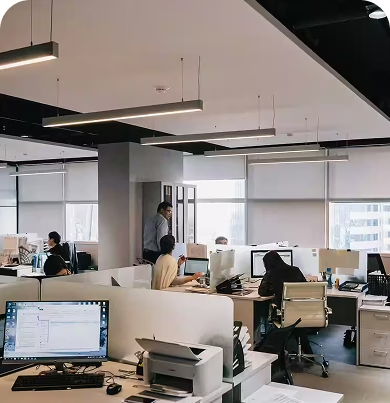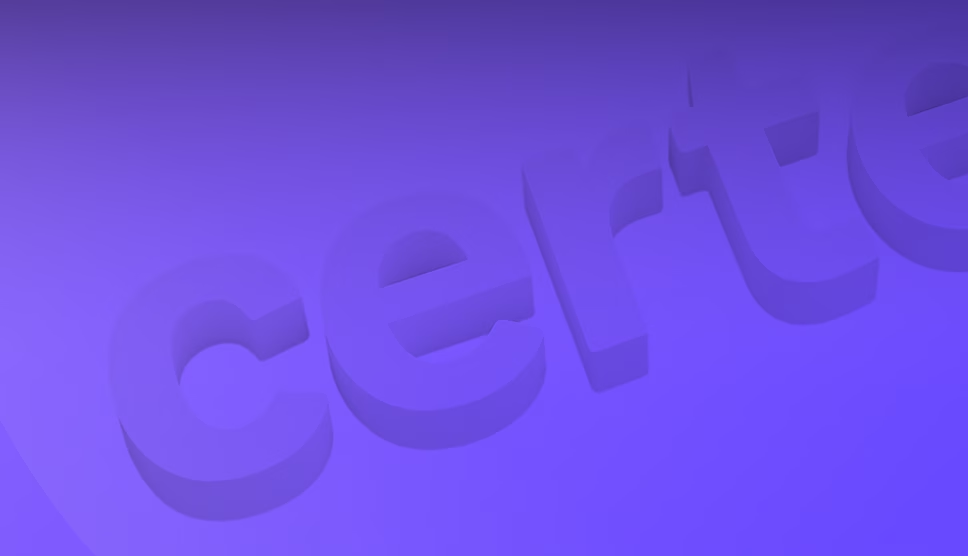What is SAM?
Software Asset Management or ‘SAM’ for short, is the practice of managing software licensing obligations and optimising the value and costs of your software investments. It can have some clear as well as possibly surprising benefits to your business, so here are the top 5 ways that a mature SAM programme can deliver value to your business.
1. Prevent Cyber Security Risks
One of the core principals of a good SAM programme is that you have to be able to ‘see’ you’re entire IT infrastructure. The days are long gone of relying on guesswork, accepting blind-spots and having to manually piece-together inventory data from a handful of IT Asset Management (ITAM) and other discovery and inventory tools – instead, modern ITAM & SAM solutions can give you a single, centralised view of all your IT hardware and software in one solution.
This means, you can have a live, complete view of all software deployed across your entire IT infrastructure. Combine and enrich this fundamental visibility with intelligence from an automated Software Recognition service (SRDB) that will tell you precisely what all that discovered software really is in terms of versions, editions and licensable products… you then have a complete, accurate and meaningful list of software you can work with for SAM and any other agendas where you need to understand your software in detail.
Do not mistake ITAM discovery and inventory with Mobile Device Management (MDM) solutions such as Microsoft Intune. MDM requires devices to be enrolled into the system, which means you need to already know about them, as opposed to an ITAM solution actively informing you as to ‘what’s out there’ across your environments.
Maintaining Cyber Security tops this list, as over 75% of attacks leverage known vulnerabilities in software that are over 2 years old. By seeing and understanding all your software at all times, when vulnerabilities become known, you can immediately see if you’re at risk and to what extent you may be affected. Mitigating risk then becomes a case of pro-actively targeting and upgrading vulnerable systems, with the assurance of being able to confidently report back to the business that the risk has been negated.
2. Eliminating Software Licence Compliance Risks
As we’ve covered in previous blogs about Software Vendor Audits – what can go wrong?, businesses live under the periodic risk of getting audited by one (or more) software vendors – usually when you least expect it.
Even the top-tier ‘unlimited’ or ‘all you can eat’ licence agreements don’t fully protect your business from the chance occurrence that a software vendor will ask you to prove that you’ve deployed the software you’re entitled to use correctly – in fact these circumstances are not really ‘chance occurrences’ at all, but instead an informed and well calculated play by software vendors to ensure they’re continuing to gain revenue. Mega vendors like Microsoft, Oracle, IBM and SAP have a good idea how much you’d need to pay (otherwise they wouldn’t cover the expense of bringing-in external auditors… audits are investments.)
That’s why protecting your business from this unplanned, unbudgeted expenditure and disruption is the number one objective of a robust SAM programme. By understanding what compliance risk may be present, you’ve reached the first position of becoming informed and able to act; make changes and do something about it. Any under-licensing can be atoned for and with expert guidance, you can eliminate potential compliance risks in-line with an optimal licensing strategy.
Above all, robust SAM means you’re in control, able to proceed with the year according to plan and are not brining the business into disrepute with any messy, often well-publicised court cases, governance failures or disputes with software vendors.
3. Reduce and Avoid Costs
Debatably, this should be number #1 as reducing costs is the name of the game, right? Well, software audits are as costly as they are disruptive, and Software Asset Management won’t just protect you from making the mistakes that can lead to big expenses if / when you’re audited; SAM will also make sure you’re not over-spending in the first place.
The figure widely agreed upon across the industry for how much software business’ purchase but never actually use, is 30%. Let that sink in…. nearly a third of your software expenditure provides little or no value at all to the business. It’s shocking because it’s entirely avoidable and the answer is SAM.
Application Monitoring or ‘software usage metering’ is a function of IT Asset Management and SAM solutions, measuring how much software is used. This information feeds into the SAM optimization process of identifying unused software that can be safely removed and the licences re-harvested, returning to a virtual ‘pool’ to be redistributed to users who need them – reducing the need to buy more software.
This reduces costs, and the same process informs the business of what is actually required, so when procuring software, you are readily aware of what you need to buy.
4. Navigate Mergers, Acquisitions and Divestitures (MAD)
During MAD activity, all assets need to be verified – including software licences. For larger organisations the total value of software assets can come to many $millions and so can the potential risks if the organisations being traded are not properly licensed. Changes in ownership could affect the existing licensing provisions and so contracts with vendors need to be properly understood.
Furthermore, any activity like a merger introduces a new level of complexity and is therefore a red flag for a software vendor to request a formal audit. So, it’s essential that due diligence extends to software licence compliance and fortunately, tactical services from SAM specialists exist to fulfil this purpose – to give you clarity quickly and an understanding of the full legal and financial impact of transitioning software assets. You may need to make sure that assets owned by specific legal entities are brought across, or that any shortfalls are corrected before ownership is transferred – the last thing anyone wants is to buy a business and discover you’ve inherited a multi-million-dollar software licensing risk, just as a software vendor wants to audit you…!
5. Standardise and Rationalise Software to Support Operations
We have seen examples where organisations have become dependent on a small piece of software that is unlicensed. That means no guarantees or understanding of how a critical part of how your business operations will continue to function. Software may be end-of-life and out of support. It may fall behind the rest of your infrastructure if / when an upgrade is required and not available. Vendors may discover its utilisation and begin legal proceedings to prevent its use.
Whatever the dynamics, a licence cements the understanding and commitments of both vendor and end-customer to use the software and so understanding what you have and use, even if none-commercial ‘Tier 2 / Tier 3’ software, is a critical part of protecting your business operations and continuity.
In addition, the spread of over-lapping software products increases the complexity of supporting end-users as well as the overheads of running and maintaining applications that could be rationalised down to fewer, cheaper or more strategic options. SAM will give you visibility of this software, an understanding of the licensing terms, lifecycle and costs and usage, so you can make informed decisions for your business.

Scott Massey – Customer Relationship Manager
Scott is one of Certero’s earliest team members and a long-time expert in IT Asset Management, Software Asset Management, and FinOps. With over 16 years of hands-on experience helping organisations navigate audits, gain control of their environments, and improve visibility, Scott brings a practical, real-world perspective to solving discovery challenges in modern IT.












